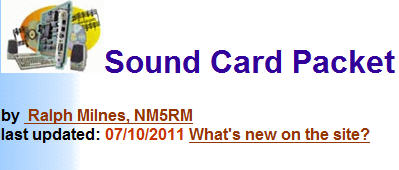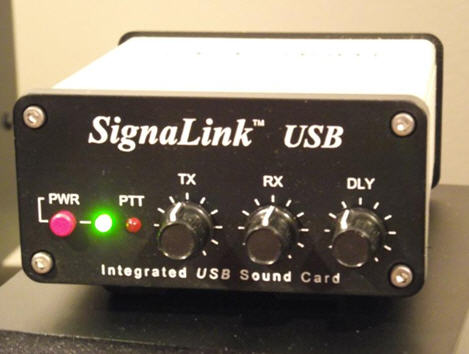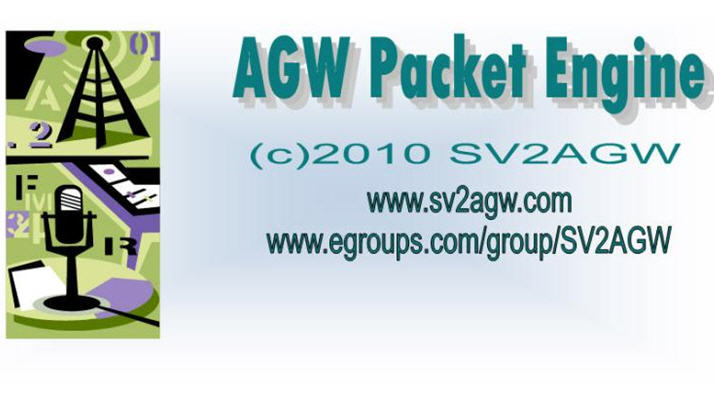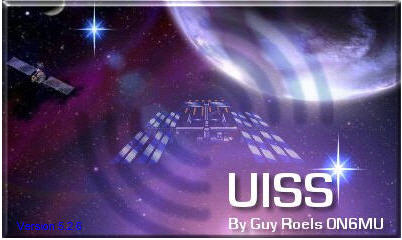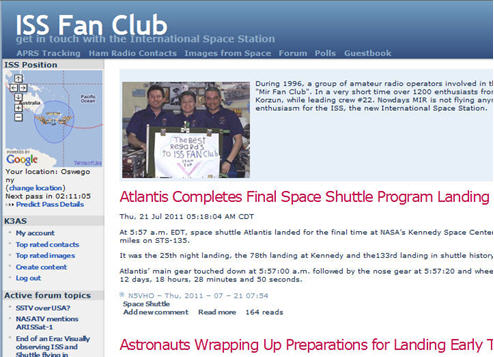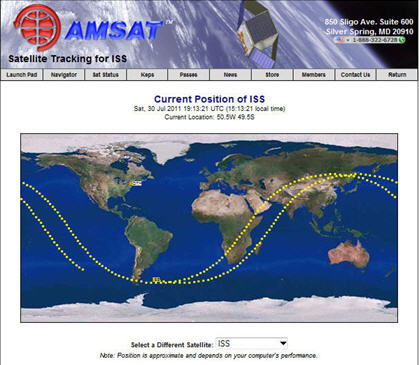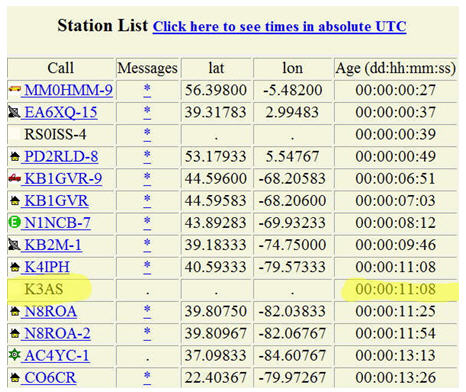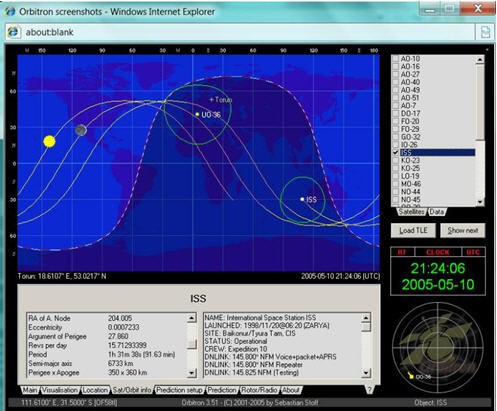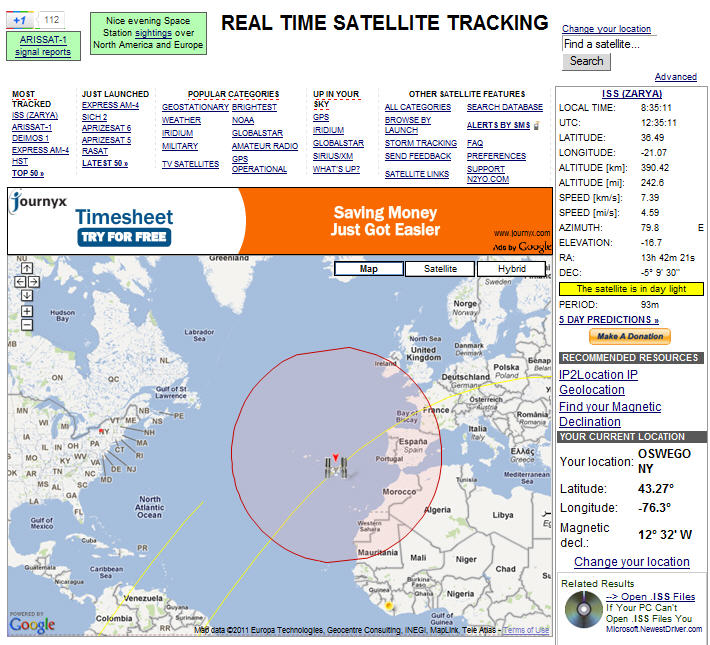
If the home station or handheld two meter FM radio has a "line in" for transmitting data and is connected to an antenna of decent gain with a clear view of the sky, packet rx/tx and access to the ISS is definitely possible.
If the radio already has built-in digital packet capabilities or if tnc packet hardware is available (kantronics, etc.), discussion (below) about "Basic Station computing requrements" can be skipped. Otherwise the operator should become familiarized with soundcard digital packet and software applications.
Typical tx power requirements are 50 Watts or less.
A 'satellite' antenna configuration with alt/azimuth controls is NOT absolutely necessary to work 2 meter FM ISS packet. A typical 2m vertical located with an unobstructed view of the sky will suffice except for direct (75-90 degree) overhead passes. Doppler frequency shift settings in the radio are useful for UHF (437.550) packet, but are usually not employed for VHF (145.825 MHz.)
Typical 'Rubber duck' antennas for handhelds may not be sufficient. Better options are a 5/8 whip or hand held 2M/440 yagis. (Arrow, Elk, etc.) The whip should be pointed down towards the ground and broadside (90 degrees perpendicular) to the approaching ISS, a Yagi should be aimed as close as possible towards the ISS.
If built-in packet or an external tnc is not available, a computer with sound card or an 'interface' will be required. Setup is similar to other digital mode programs.
Contacts can only be made when the ISS is within close tx/rx proximetry to your ground station. It is important to become acquainted with tracking software, websites, and Apps that show the current ISS approach, trajectory, and "footprint" (depiction on a map of the approximate ISS signal service area).
When the ISS approaches, a station's radio should be tuned in to listen for reception at 145.825 FM (or 437.550) before attempting to transmit. It is a good idea to VISIT the ISS FAN CLUB or FIND-U sites in advance to check recent posts indicating that the digipeater service is currently 'Active' !!
- 1/. A stable and adjustable sound card that can communicate (interface) between the computer and radio. Signalink USB, for example, is a unit that connects audio modulation to and from from the software and radio, plus provides PTT.
- 2/. A computer of average processing speed running Windows or Linux.
- 3/. A means of activating radio PTT from Computer software commands (either by separate activation or through an 'interface' unit).
- 4/. AGWPE (Packet Engine) Program by SV2AGW - (sound card digital packet engine driver). 'AGWPE pro' is available with more features.
- 5/. UISS control program by ON6MU (AGWPE is necessary to operate)
- With an open browser you can track ISS orbits and predictions, review successfully posted APRS digipeated packets, and obtain information about the activity and conditions of the digipeater on board the ISS station.
- ISS Fan Club website @ www.issfanclub.org provides pass predictions and up to date information about ISS Rx/Tx status.
- AMSAT Website @ www.amsat.org provides excellent real-time orbit maps, pass predictions, tutorials, and resources.
- N2YO's site www.n2yo.com contains excellent real-time satellite orbital maps, and can provide future pass dates and times. You can receive pre-scheduled alerts on a computer or smart phone of upcoming passes.
- Find U website @ www.findu.com displays up to the minute amateur radio station packet messages (including yours) that have been digipeated through the ISS along with their respective APRS locations.
- The radio's Rx/Tx should be set to "normal" FM. (not narrow or wide)
- Set packet Baud rate to 1200
- Packet is UI Ax.25 (Unproto) so no extra message ID is necessary.
- "To and Via" boxes must be set correctly in UISS software for the ISS digipeater to recognize your signals - (Initially set "To" as 'CQ' and "Via" as 'ARISS') - see 'help' in UISS software for more details.)
- Frequency is 145.825 Rx/Tx (Simplex, No doppler necessary) or 437.55 Rx/Tx (Simplex with doppler settings.)
- Turn off all radio Rx audio enhancements, ie. low/high boost, squelch; and all Tx enhancers, ie. speech processors.
- Rx Preamplifier "on" is OK.
- Tx power of 50 watts or less OK unless station Antenna losses require more
- Sucessful modulation? - Over or Under modulation may result in failure of signal capture by ISS digipeater. Proper sound card packet levels can be determined by self-monitoring with a second receiver, successful copy by a local station, or better yet by copy through a local repeater. (some trial and error may be necessary to adjust levels)
- Be sure your antenna is in a clear view of sky unobstructed by trees/structures as much as possible.
- Vertical Antennas deliver good receptions during 20-70 degree inclination passes with respect to horizon; direct overhead passes may be less successful.
- Be Sure to Check that the digipeater station on board the ISS has been Turned On by the Astronauts/Cosmonauts before your pass - it is not always in an 'active' status, pending Space Station duties, dockings, activities, or sleep hours. Check the ISS fan club for details beforehand!!
- Consider the FREE Orbitron Tracking Program (see below) to follow the ISS and most of the other amateur satellites.
- Review the excellent discussion about Sound card packet and AGWPE utility program (see below) by Ralph Milnes, NM5RM.
GETTING STARTED WITH ISS DIGITAL PACKET
 | ||||||
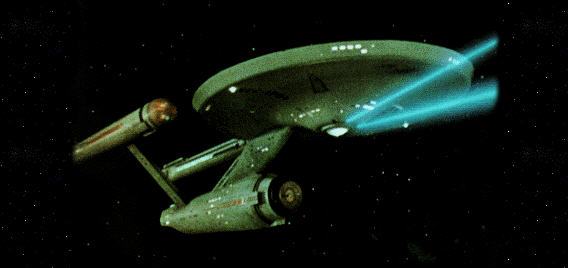
There is so-called 'Rocket Science' and then there is 'Rocket Science'. It didn't take me long to realize that orbital physics, satellite operations, etc. were very complicated. My first humble goal as a ham radio operator was to learn the basics of ISS packet communications and then to build my station. That was possible. Since then, my growing knowledge base about packet, the ISS, keplerian elements, and orbital parameters has definitely improved my operating technique...
 | ||||||
BASIC Home Station and Handheld SET UP
 | ||||||
Basic Computer Requirements
 | ||||||
Useful Websites for Tracking the ISS
 | ||||||
Additional settings, advice, Resources
Interface
Program
Driver
